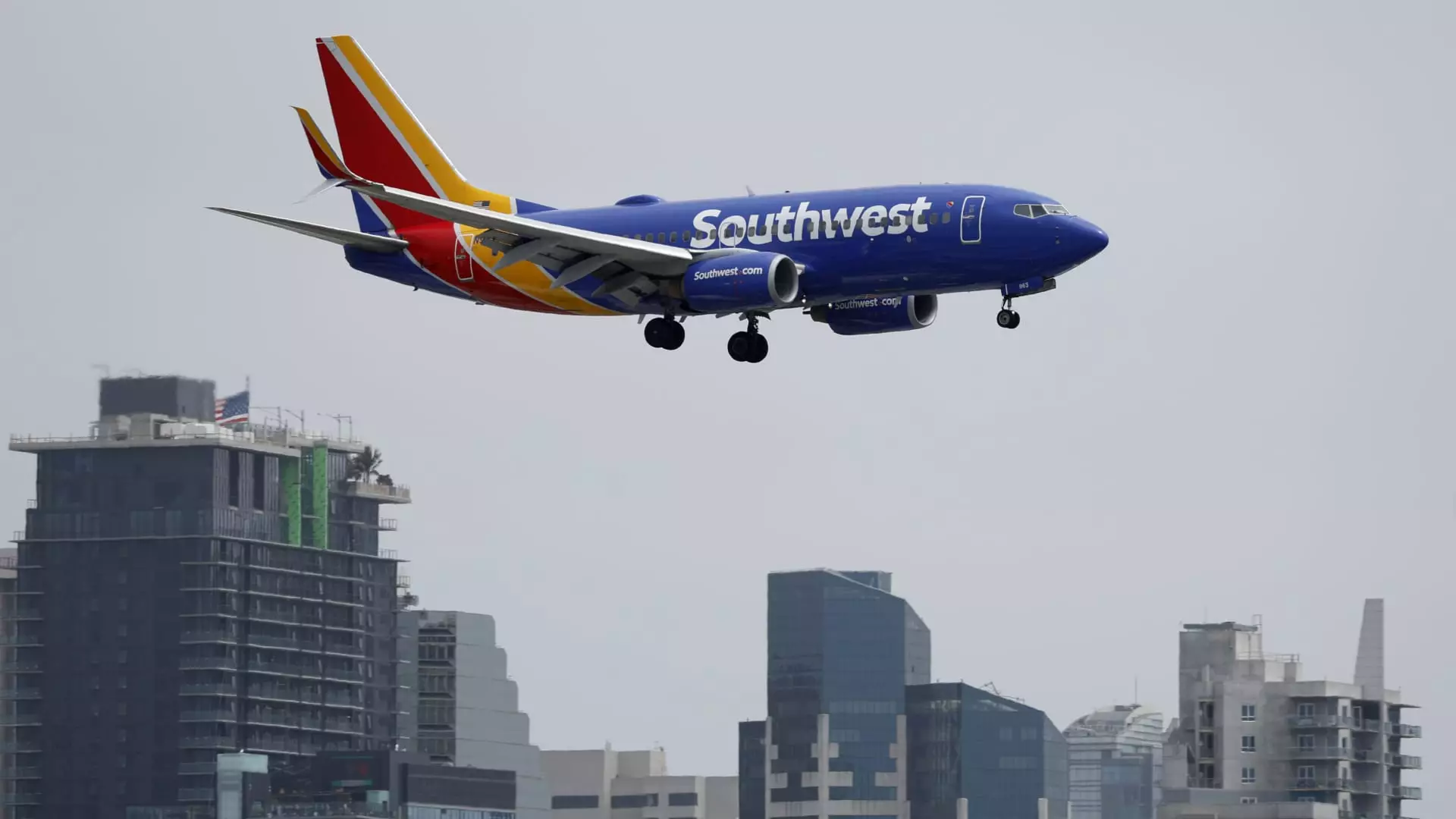Southwest Airlines stands at a crossroads, confronted with mounting scrutiny from activist investors, particularly Elliott Investment Management, which has intensified calls for leadership overhaul. This external pressure is sparking significant internal discussions about the future direction of the airline. The summer of adjustments indicated that the organization recognizes the need for transformative changes to re-ignite its growth trajectory. In a recent message to employees, Chief Operating Officer Andrew Watterson hinted at challenging decisions ahead, signaling a shift that could impact staff and operations.
To address the financial pressures, Southwest is moving away from its traditional open seating system in favor of assigned seating, which is expected to enhance revenue generation. This pivotal change marks a fundamental departure from the airline’s original customer-friendly ethos and reflects a broader trend in the industry to maximize fare potentials. Alongside this, the company plans to introduce premium seating options, a strategic move aimed at attracting business travelers who are willing to pay more for additional comfort.
In response to evolving market conditions, Southwest is also integrating its flight offerings into popular travel platforms such as Google Flights and Kayak, to enhance visibility and accessibility. This represents a shift towards a more modern and competitive marketing approach, appealing especially to a younger demographic. However, the move may raise questions about brand loyalty, compelling the airline to maintain a delicate balance between profitability and preserving its core customer-focused identity.
Watterson’s video, which served as a platform to communicate the challenges the airline faces, expressed a sense of urgency to realign the network in response to profitability concerns. His reassurance that recent changes would not entail station closures offers a glimmer of stability, yet the underlying message—potential adjustments in city operations and employee relocations—creates an atmosphere of uncertainty. This dual approach of enhancing revenue through network changes, while attempting to stave off layoffs, reveals the complexity facing the airline as economic conditions evolve.
With competitors like JetBlue actively cutting less profitable routes to focus on lucrative operations, Southwest’s strategic response has become critical. The forthcoming investor day promises to shed further light on how the airline intends to navigate these turbulent waters, offering stakeholders insight into its long-term vision.
As Southwest Airlines embarks on this new chapter, the pressure to instill vital changes weighs heavily on its leadership. The looming presence of Elliott Investment Management serves as both a catalyst for innovation and a reminder of the challenges that lie ahead. Balancing the need for revenue generation with employee sentiment and customer loyalty will undoubtedly test the airline’s resilience. Ultimately, how Southwest chooses to adapt and implement these transformations will not only define its immediate future but also its legacy in the competitive landscape of air travel.

